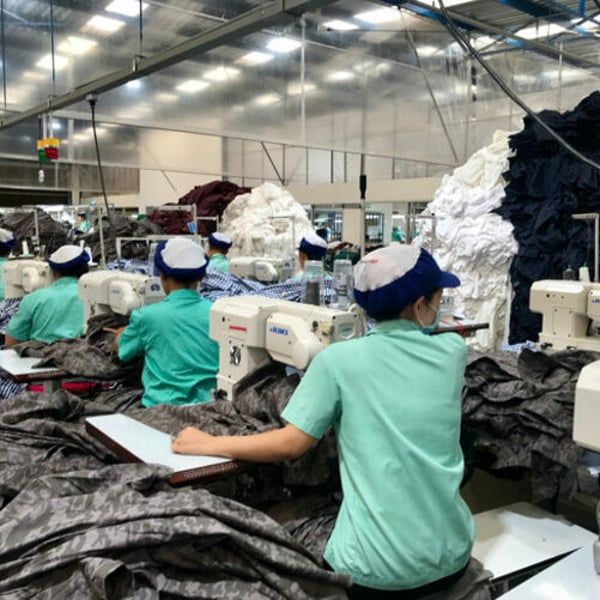Translated by
Nicola Mira
Published
February 27, 2024
Cambodia's textile and clothing industry recorded a 13.3% drop in exports in 2023, to $11.1 billion. Despite this, the industry has continued to invest, opening 241 new plants in the country in one year, reaching a total of 2,125 active factories at the end of 2023.
Cambodia's clothing exports to the EU fell 13% last year to €3.2 billion. Exports to the US plummeted, falling 23.5% to $3.3 billion. Cambodia is the sixth largest supplier of apparel to both markets, and these setbacks were the main drivers of the overall slowdown in 2023.
A crisis that, both for Cambodia and for all producing countries, should be put into perspective. In fact, it looks more like a correction considering the sharp rise in Western orders that took place in 2022, which boosted Cambodia's textile and clothing exports by 15% in the same year.
However, the country's position in Western markets worries local manufacturers. Last year, the United States did not renew Cambodia's membership in the Generalized System of Preferences program that grants customs access to the U.S. market. Relative to the EU, Cambodia's customs benefits, permitted through the Union's EBA (everything but arms) programme, were reduced.
Signs are pushing Cambodia to diversify its industrial sector, although textiles and clothing still account for at least a quarter of the country's GDP. Cambodia remains attractive to Western buyers because of the low wages ($61 a month on average) paid to its nearly 450,000 textile workers.
This competitive advantage partly explains the 11.24% increase in investments in the local textile industry. Last year, 18.5 billion dollars were invested in the sector, especially foreign investment from China. The production volume of Cambodia's textile and clothing sector is now estimated at $16.3 billion, according to Cambodia's Ministry of Industry, Science, Technology and Innovation.
Copyright © 2024 FashionNetwork.com All rights reserved.












